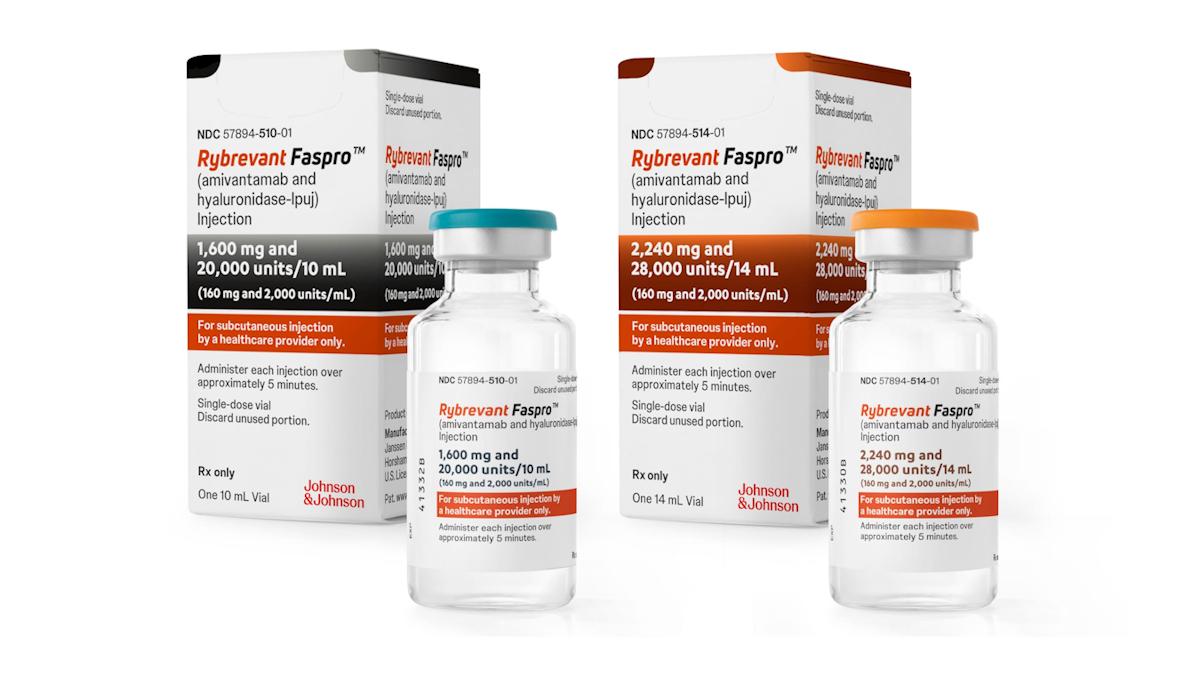AZ's Tagrisso first to be funded through new Cancer Drugs Fund

AstraZeneca’s Tagrisso lung cancer drug will be the first to be paid for by the new-look Cancer Drugs Fund (CDF).
In final draft guidance, NICE said Tagrisso (osimertinib) should be funded by the NHS until new data emerges about the long-term benefits of the drug.
However there have been many misgivings about the 'managed access fund' approach of the new CDF, with industry fearful that overall access to new cancer drugs will diminish.
Drugs put through the new system will be given on average two years to prove their value, and then either be permanently funded by the NHS, or dropped from the CDF and no longer receive reimbursement. What's worse, companies whose drugs fail to show efficacy in this period will be asked to repay the NHS money spend on the drug over this trial period.
In agreeing to the deal, AstraZeneca will be confident their drug can produce extra data over the period. This will most likely come from further clinical trials, but also potentially from real world evidence - however the precise terms of the agreement haven't yet been disclosed.
"We are very proud that NHS patients in England now have access to osimertinib,” said Lisa Anson, Country President, AstraZeneca UK and Ireland.
“This is a breakthrough medicine with one of the fastest development programmes in pharmaceutical history.”
She added: “This is a great example of partnership between clinicians, AstraZeneca, the Department of Health, NICE, NHS England and other stakeholders to ensure that UK patients gain access to an innovative medicine while further data are gathered.”
A key drug for AZ with potential global peak annual sales of around $3 billion, Tagrisso slowed progression by an extra four months compared with standard chemotherapy, although overall survival data is not yet available.
Tagrisso is indicated in locally advanced or metastatic for non-small cell lung cancer with a T790M mutation, although NICE has said the drug should be used in second line after other tyrosine kinase inhibitors have failed.
Tagrisso is conditionally authorised in the EU based on mid-stage data, meaning the European Medicines Agency will review its marketing authorisation each year until more definitive data becomes available.
NICE rejected the drug in May in first draft guidance, but has reconsidered its position after AZ submitted further evidence.
But NICE said it was still unable to make cost-effectiveness calculations without better overall survival data from late stage trials.
The cost per Quality Adjusted Life Year is between £42,000 and almost £90,000, NICE said – but calculations vary wildly depending on the overall survival data.
If cost-effectiveness calculations show Tagrisso is at the lower end of this range, NICE would likely consider it cost-effective because of additional leeway granted for drugs given to patients at the end of their lives.
The drug will be available under the CDF under a managed access agreement, as long as AZ supplies it at discounted price agreed with the Department of Health.
Around 300 patients will be eligible for treatment with Tagrisso every year in England and Wales.
The agreement between AZ and NICE will last until March 2019, or until the company submits the required data.
Professor Carole Longson, director of NICE’s health technology evaluation centre, said: “Osimertinib is clinically effective in the short-term. However, we do not have the full picture yet and we need more information on its long term benefits to find out if it is truly cost effective.
“For the first time, we are able to give patients access to a promising new cancer treatment whilst more evidence is gathered on its effectiveness. This is the system working as it should.”
More drugs are set to be taken up into the new CDF in the coming months, but pharma companies have been advised to focus on gaining full NICE approval without recourse to the CDF. This is an indication of the risks for pharma companies, and the untried and untested nature of the new managed access system.












